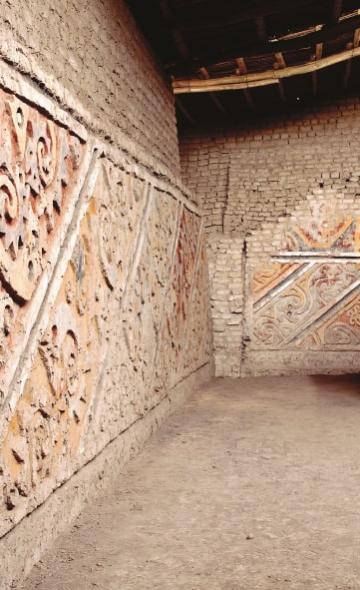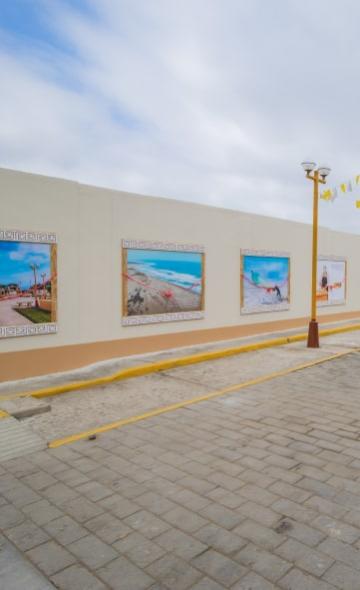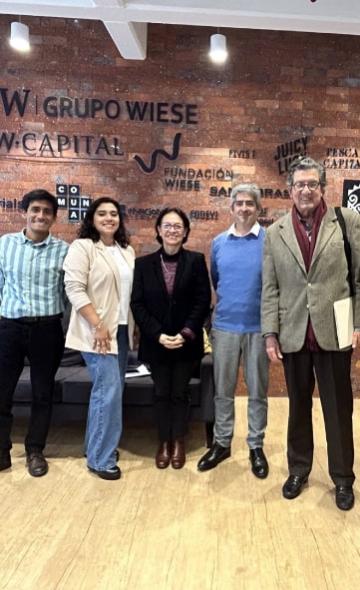- Visitors
- Researchers
- Students
- Community
- Information for the tourist
- Hours and fees
- How to get?
- Virtual tours
- Classic route
- Mystical route
- Specialized route
- Site museum
- Know the town
- Cultural Spaces
- Cao Museum
- Huaca Cao Viejo
- Huaca Prieta
- Huaca Cortada
- Ceremonial Well
- Walls
- Play at home
- Puzzle
- Trivia
- Memorize
- Crosswords
- Alphabet soup
- Crafts
- Pac-Man Moche
- Workshops and Inventory
- Micro-workshops
- Collections inventory
- News
- Community
- Pre-Columbian ancestral culture and art in Peru
News
CategoriesSelect the category you want to see:
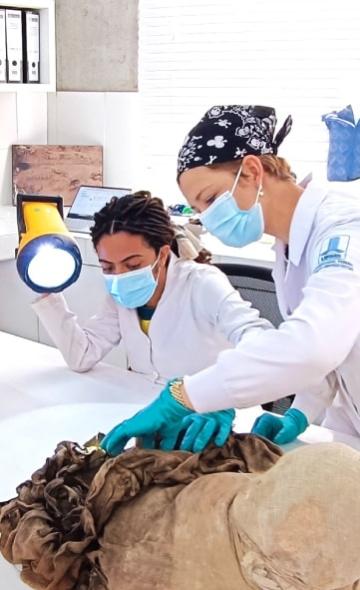
International academic cooperation between the Wiese Foundation and Universidad Federal de Mato Grosso do Sul ...
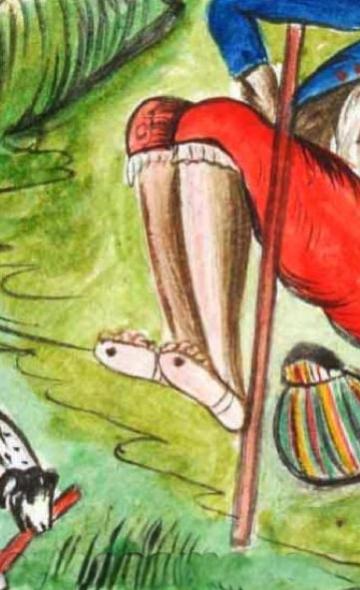
Clothing at El Brujo: footwear ...
To receive new news.
Por: Complejo Arqueológico El Brujo
From the depths of our history, the knowledge, material culture and ancestral art of pre-Columbian Peru connect us with a rich and diverse cultural heritage. Each artistic manifestation that has been passed down over the centuries offers us a glimpse into the ancient civilizations that populated this land. On this journey, we immerse ourselves in the mysteries and wonders of these expressions that have survived the passage of time.
Basketry: A reflection of everyday life
Basketry is an ancient know-how that, although it is still an expression of pre-Columbian art, has a mainly utilitarian function: to store, keep, guard and transport materials or objects. It involves the meticulous organization of natural fibers, such as reeds or bulrush, to create functional, and also sumptuous objects. This ancestral practice has been passed down from generation to generation and has been used to make baskets, bags, mats, wreaths and even as a construction element.
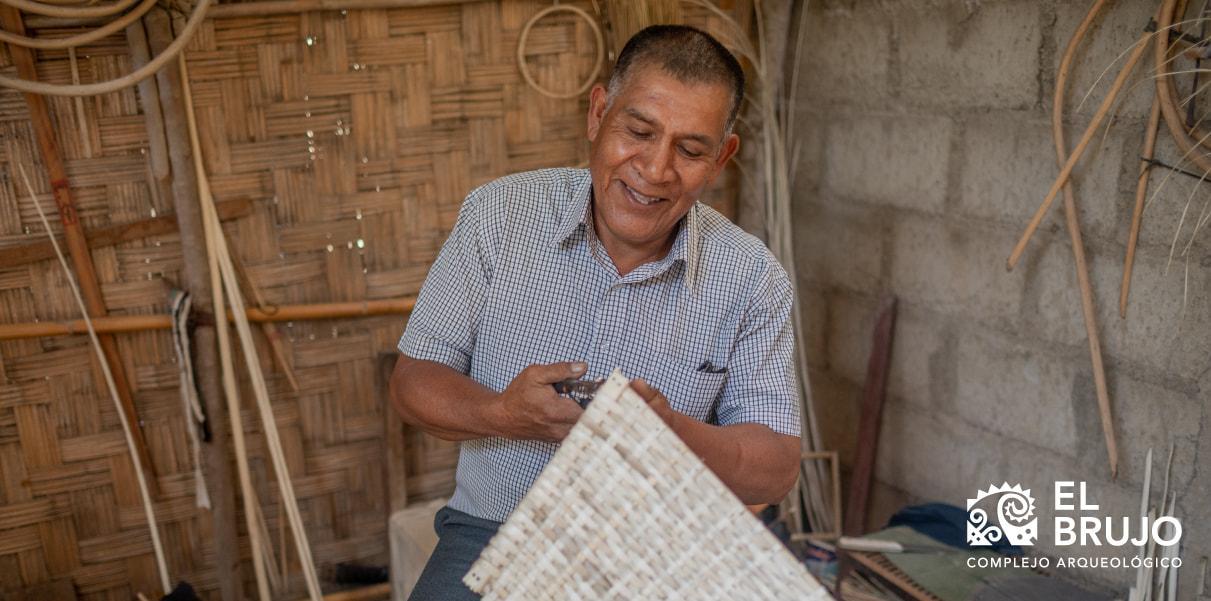
Each weaving tells a unique story that reflects the daily life and beliefs of ancient cultures. Through basketry, pre-Hispanic societies ingeniously faced the challenges of the environment around them, and also used it to produce objects for their religious practices.
Wood carving: Sculptures that speak
In this ancestral craft, skilled craftsmen used tools to sculpt detailed designs out of wood. Each carving has a story to tell, whether it's depicting mythological figures, deities, or artifacts for daily life.
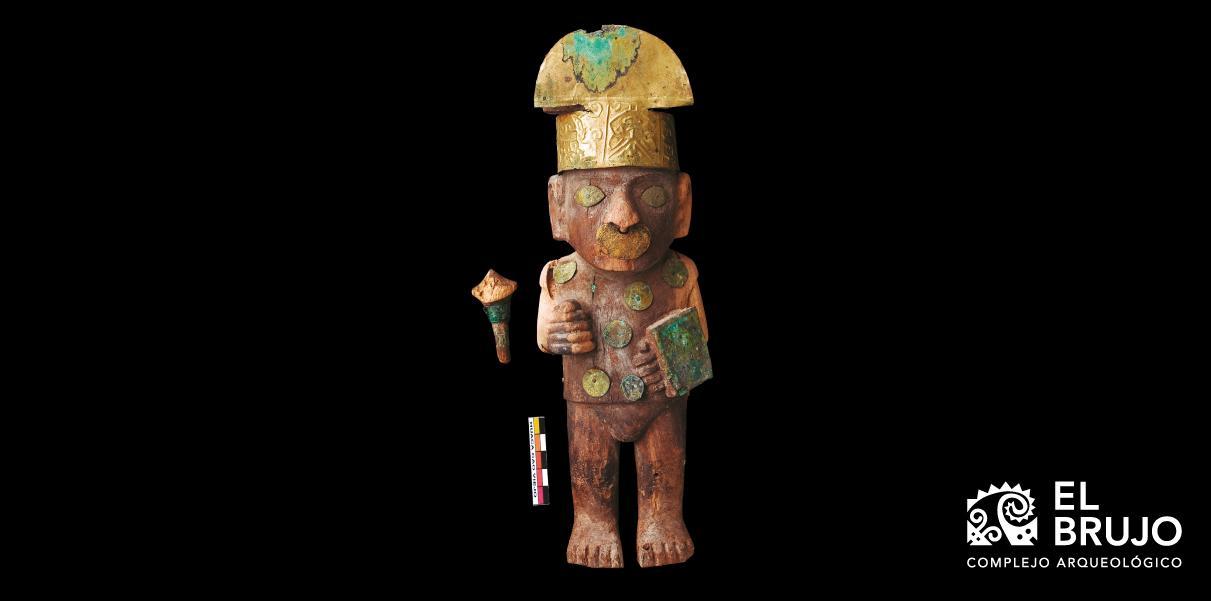
These impressive wooden sculptures were often used for ceremonial or decorative purposes in temples and homes. The meticulous details and artistic dexterity of pre-Columbian wood carvers demonstrate their deep knowledge and appreciation for natural beauty.
Loom weaving: Threads that weave identity
Loom weaving is a manifestation of ancestral culture and art, as well as dexterity and creativity in pre-Hispanic Peru. Expert weavers employed a variety of techniques to produce astonishing fabrics that often told stories of their society. These fabrics served both as garments and for decoration, and the patterns and colors used were rich in cultural significance.
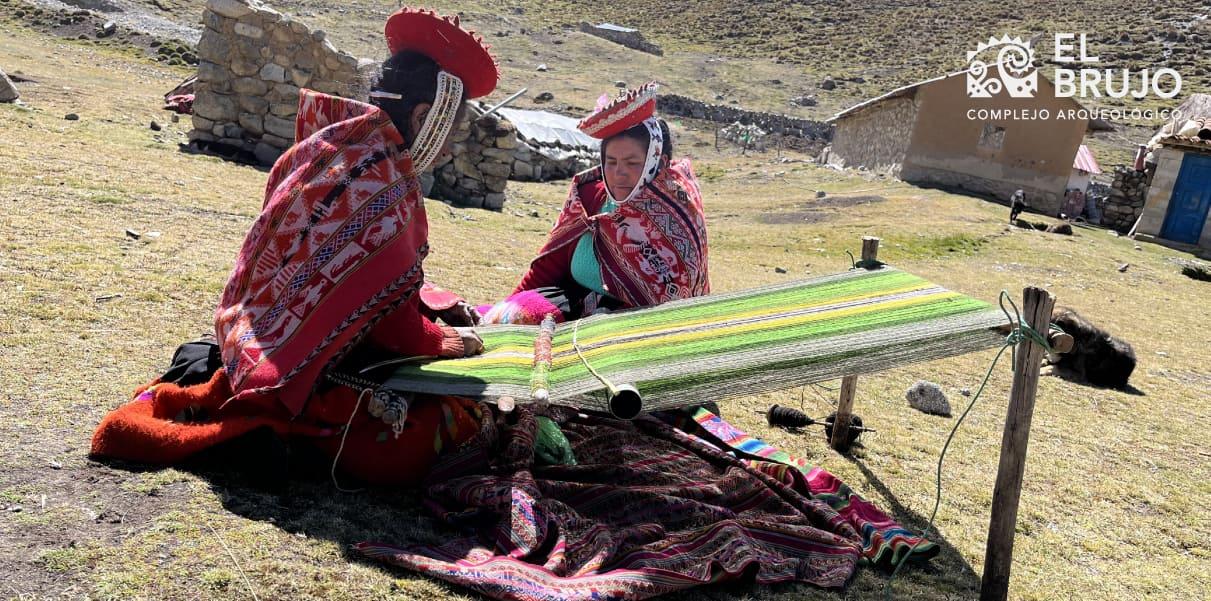
The skill of loom weaving was a tradition that used to be passed down from generation to generation, and the resulting weaving became a visual language that spoke about the ancient Peruvians' relationship with nature and their beliefs.
Ceramics: The art and technique of terracotta
Pre-Columbian pottery in ancient Peru represented a unique form of artistic and cultural expression. Skilled potters employed various techniques, such as ringing and molding, to create ornate and functional pieces. These ceramic works were not only visually impressive, but also reflected the daily life, religious beliefs, and worldview of ancient civilizations.
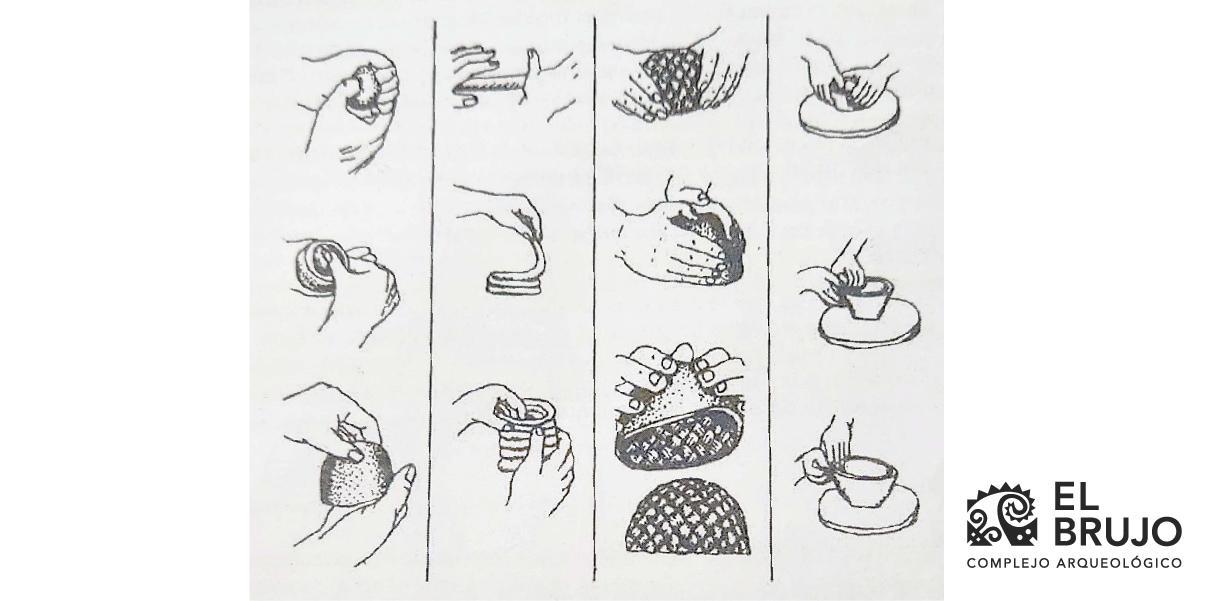
Pictorial Art: Narrations on the walls
Pre-Columbian pictorial art in Peru was characterized as a form of artistic expression in which different aspects of the life of ancient cultures were materialized. Since ancient times, pre-Columbian civilizations left testimonies of this type in murals, ceramics and other supports. In ancient Huaca Cao Viejo and in Huaca de la Luna, for example, you can find wall paintings depicting deities, animals, and everyday scenes. Through these works, pre-Columbian civilizations expressed their connection to nature, their religious system, and their understanding of the world around them.
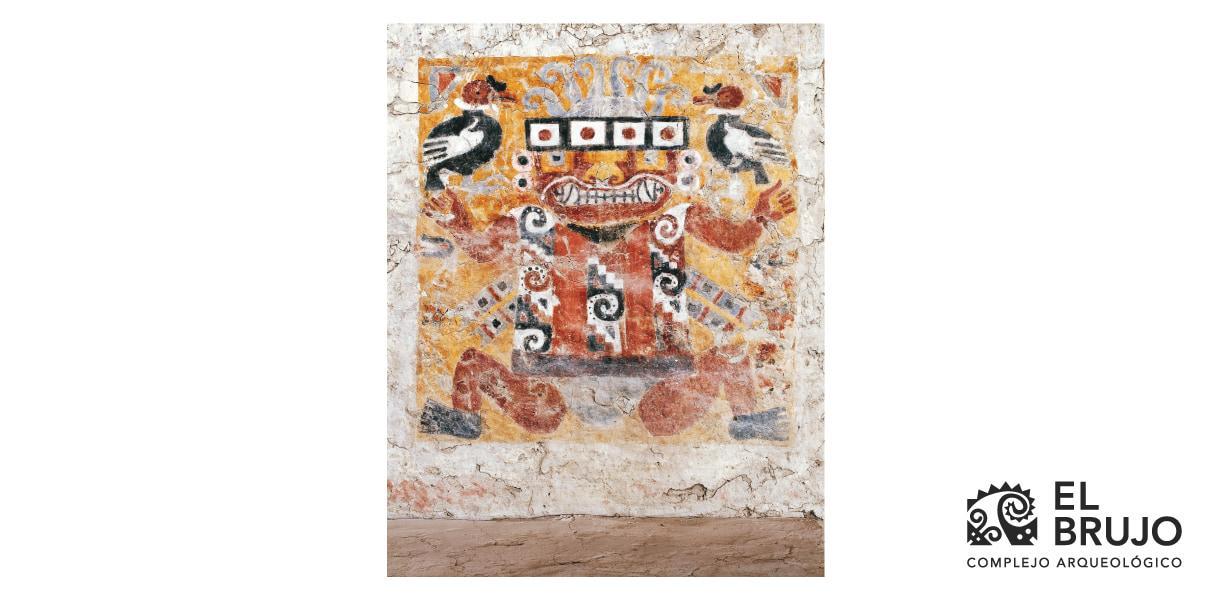
The Wiese Foundation launches "Know-hows of my Community"
If you are interested in learning more about pre-Columbian and historical culture and ancestral art, we invite you to learn about the series "Know-hows of my Community" created by the Wiese Foundation. This series focuses on the dissemination and preservation of the knowledge and cultural wealth of the different localities of the province of Ascope, the main area of influence of the El Brujo Archaeological Complex, including arts such as basketry, wood carving, loom weaving, pottery and pictorial art, which have been transmitted from generation to generation.
Through "Know-hows of my Community", the Wiese Foundation seeks to highlight the importance of preserving and sharing these cultural traditions so that they are not lost in time. Learn more about this initiative at the following link.
Community , outstanding news



